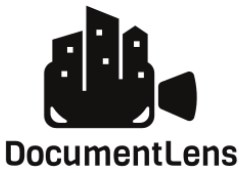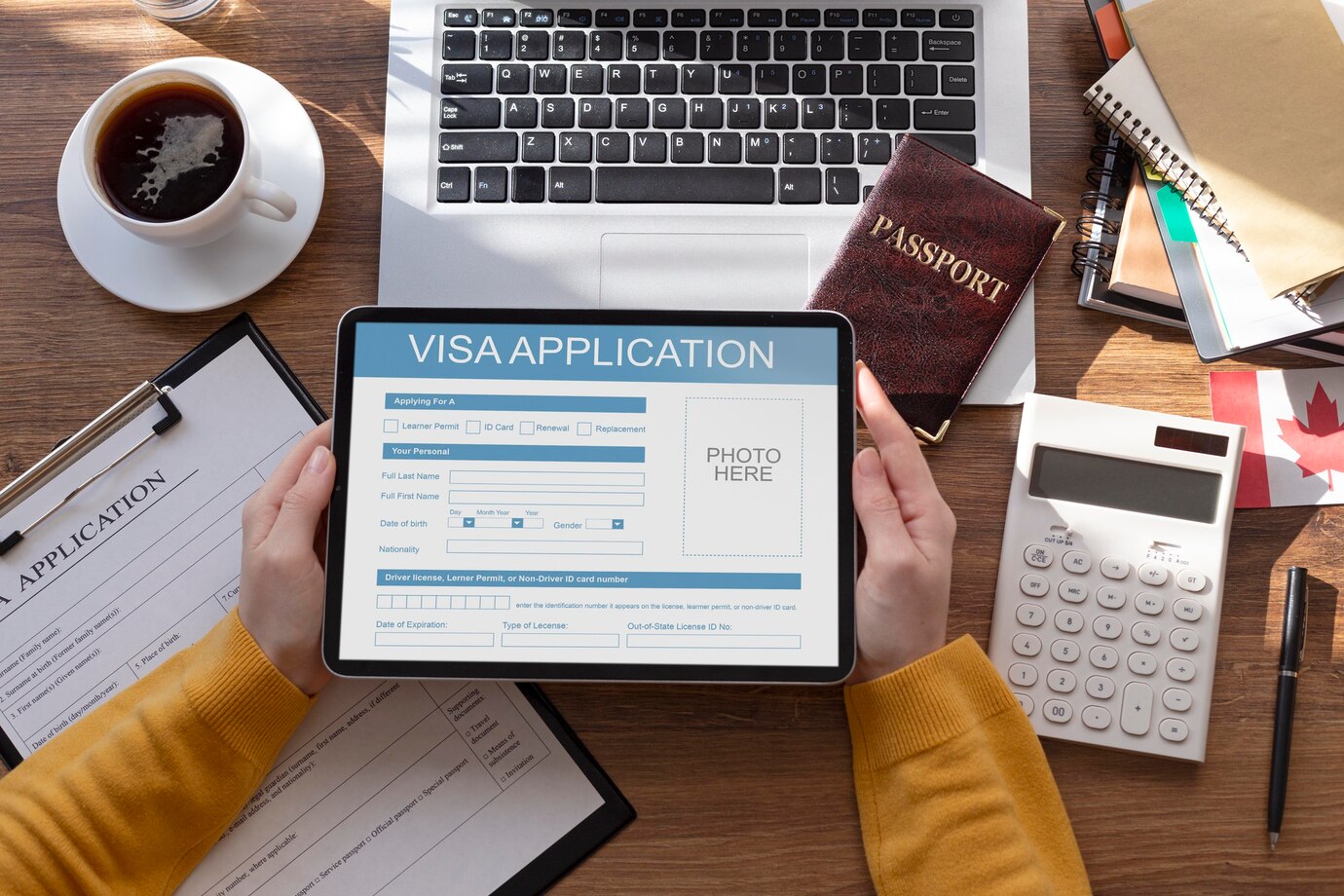The days of trekking to a photo studio for a standard mugshot passport photo are over. Enter the era of passport photo online: a world of instant convenience and digital wizardry at your fingertips. Whether you’re a seasoned globetrotter renewing your document or a first-time adventurer embarking on your maiden voyage, navigating the intricate requirements of your perfect passport photo can feel like deciphering hieroglyphics. Fear not! This comprehensive guide is your one-stop portal to mastering the art of the passport photo online, from understanding official regulations to snapping the ideal selfie and ensuring your pixelated likeness meets all government scrutiny.
Overview of Visa Photo Requirements
Visa photo requirements serve as a standardized set of criteria imposed by immigration authorities to ensure the accuracy and reliability of identification through photographs. While specific details may vary between countries and visa types, there are common elements that applicants must adhere to. Understanding these requirements is pivotal for a successful visa application, as non-compliance can lead to processing delays or even rejection.
- Photograph Size and Dimensions: Different visas may have distinct size specifications for photographs. Commonly, passport-sized photos are acceptable, typically ranging from 2×2 inches to 2.5×3.5 inches. Some visas might have specific size requirements, and failure to comply may result in rejection.
- Background Color and Composition: The background of the photograph is often required to be plain and of a specific color, commonly white or light-colored. The intent is to ensure a clear contrast between the subject and the background, aiding facial recognition software and manual verification.
- Facial Expression and Position: Guidelines regarding facial expression are stringent. Applicants are typically required to maintain a neutral facial expression, with both eyes open and clearly visible. Additionally, the head position and angle may be specified to ensure a consistent and standardized appearance.
- Head Coverings and Accessories: Some visas have specific rules regarding head coverings, such as religious attire. However, even in such cases, the face must be clearly visible. Additionally, accessories like glasses or hats might have restrictions to prevent obstruction of facial features.
- Attire and Grooming: Applicants are usually expected to be well-groomed and dressed appropriately. Dress codes can vary, but common requirements include no uniforms (unless required by religious beliefs), no excessive jewelry, and no distracting patterns or colors.
- Submission Format: The format for submitting visa photos may vary. Some countries accept digital submissions, emphasizing specific file types and resolution, while others may require physical prints. Understanding the acceptable formats is crucial for successful photo submission.
- Photograph Age and Recency: Visa authorities often stipulate that the submitted photos should be recent, typically taken within the last six months. This ensures that the applicant’s appearance is consistent with their current state, facilitating accurate identification.
- Specific Visa Type Requirements: Certain visa categories may have unique requirements. For example, work visas might require additional documentation or specific annotations on the photograph. Understanding these nuances is critical to meeting all necessary criteria.
By providing a comprehensive understanding of these requirements, the Overview of Visa Photo Requirements sets the foundation for applicants to navigate the process successfully. The standardization of these criteria not only ensures the accuracy of identification but also streamlines the visa application process for both applicants and immigration authorities.
Challenges Associated with Obtaining Visa Photos
Obtaining visa photos presents a myriad of challenges that can complicate the application process for both applicants and immigration authorities. These challenges stem from the traditional methods of obtaining photos, often requiring a visit to a physical photo studio. Here are some of the key challenges:
- Inconsistency in Photo Quality: Traditional photo studios may produce inconsistent photo quality due to variations in equipment, lighting conditions, and expertise of photographers. This inconsistency can lead to photos that do not meet the stringent requirements set by immigration authorities.
- Difficulty in Meeting Specific Requirements: Adhering to precise visa photo requirements, such as background color, facial expression, and dimensions, can be challenging in traditional photo studios. Photographers may not be well-versed in the nuances of each visa type, leading to inadvertent errors that result in rejected applications.
- Physical Presence Requirement: The need for physical presence at a photo studio can be inconvenient and time-consuming for applicants. This requirement poses challenges, especially for individuals in remote locations or those with limited mobility.
- Global Logistics and Remote Applicants: Visa applications are global, and obtaining photos for remote applicants can be logistically challenging. Sending physical prints through postal services introduces the risk of damage or loss, further delaying the application process.
- Limited Accessibility and Affordability: Not all regions have easily accessible photo studios, and the cost of obtaining professional photos may be a barrier for some applicants. This can disproportionately affect individuals in economically disadvantaged areas.
- Processing Delays and Rejections: Inaccurate or non-compliant photos often lead to processing delays or outright rejections. This not only inconveniences applicants but also increases the workload for immigration authorities, contributing to inefficiencies in the overall visa application process.
| Challenge | Impact | Mitigation Strategies |
| Inconsistent Photo Quality | Rejected applications, increased need for resubmissions | Standardized guidelines for photographers, digital editing tools for corrections |
| Difficulty in Meeting Requirements | Processing delays, potential rejections | Online guides and tools for self-assessment, automated validation checks |
| Physical Presence Requirement | Inconvenience for applicants, especially those in remote locations or with limited mobility | Adoption of online visa photo services, acceptance of digital submissions |
| Global Logistics and Remote Applicants | Increased risk of document loss or damage, extended processing times | Secure online submission platforms, expedited processing options for remote applicants |
| Limited Accessibility and Affordability | Barriers for economically disadvantaged individuals, potential disparities in application success | Fee waivers, partnerships with community centers for affordable photo services |
| Processing Delays and Rejections | Overworked immigration authorities, increased administrative burden | Implementation of automated compliance checks, clear communication of requirements |
Evolution of Online Visa Photo Services
The evolution of online visa photo services represents a transformative shift in the way individuals fulfill photo requirements for visa applications. This transition is underpinned by the seamless integration of digital technology into the application process, addressing longstanding challenges associated with traditional methods.
Digital transformation and the widespread accessibility of the internet have been instrumental in the emergence of online platforms for visa photos. This shift enables applicants to navigate the entire process from the comfort of their homes, eliminating the need for physical visits to traditional photo studios. This enhanced accessibility is particularly beneficial for individuals residing in remote areas or regions where access to professional photo services may be limited.
User-friendly interfaces are a hallmark of online visa photo services, designed to guide applicants through the submission process with clarity and simplicity. Clear instructions and visual aids contribute to a more intuitive experience, reducing the likelihood of errors and ensuring a smoother application process. The digital nature of these platforms enhances overall user engagement and satisfaction.
Real-time feedback mechanisms constitute a significant advancement in online visa photo services. Automated algorithms analyze submitted photos immediately, providing applicants with instant notifications and suggestions for corrections. This feature not only expedites the application process but also empowers users to address potential issues promptly, reducing the chances of rejection or delays.
Moreover, online platforms often incorporate editing tools that allow applicants to make necessary adjustments to their photos. These tools enable cropping, resizing, and other modifications to ensure compliance with specific visa photo requirements. This flexibility contributes to a higher rate of successful photo submissions.
The convenience and time efficiency offered by online visa photo services are notable advantages. Applicants no longer face the inconvenience of scheduling appointments at physical photo studios, resulting in time and effort savings. This shift aligns with broader trends in digital services and reflects a commitment to streamlining the visa application process for the benefit of applicants and immigration authorities alike. As technology continues to advance, online visa photo services are likely to further evolve, incorporating innovative features and enhancing the overall efficiency and user experience in the visa application journey.




